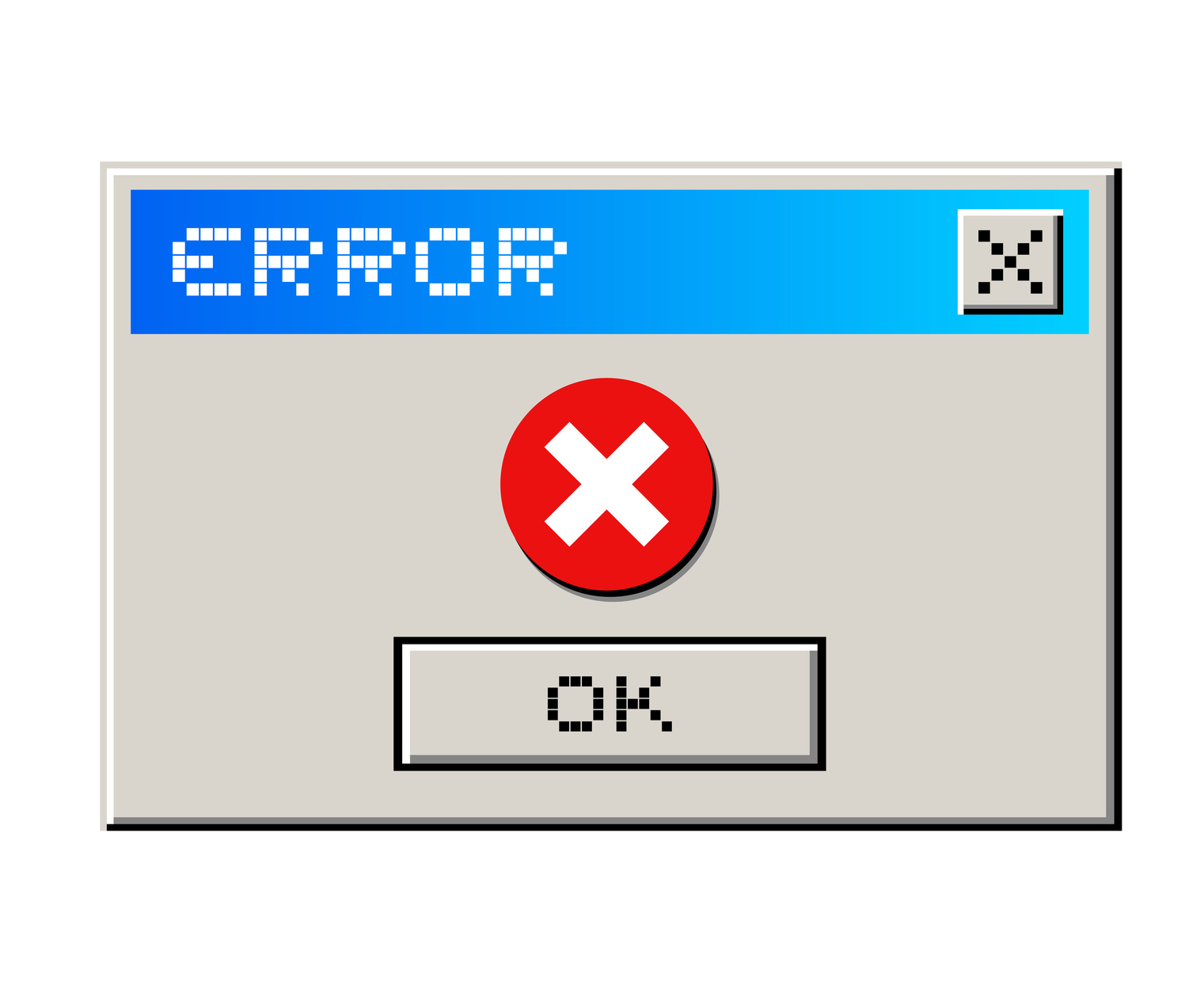You’ve got it going on. A cool website, a service that alerts you if it goes down, and great content.
But if you want that content to outshine the rest, there is another thing you absolutely must do.
You must start competitor monitoring.
Engaging in this analysis will give you insight into what works, what doesn’t work, and it will enable you to compare how you’re performing against others in your industry.
All of which might beg the question:
How Can I Perform Competitor Monitoring?
You have to adopt the attitude of a spy.
You won’t actually be breaking into your competitors’ businesses at night or engaging in any illegal activity, but you will be observing them from afar. How?
By doing the following:
1. Monitor Their Social Activity
See what’s happening on their social channels and in their posts. Then ask yourself these three questions:
- What are they sharing?
- How do they talk to their customers?
- What topics are performing well for them?
You can start by setting up Facebook and Twitter lists.
From your personal profile (rather than your business one), you can like or follow your competitors’ pages on relevant social channels. Then you can organize them into lists.
By doing this, you can easily monitor their content by regularly clicking through to the list. No need to visit their profile page or hope that it shows up in your newsfeed organically.
You might want to consider a social listening tool too. HootSuite, for example, allows you to set up streams focusing on specific profile pages and hashtags.
2. Research Their Most Shared Content
Tools like BuzzSumo are great for allowing users to search for the most shared content by topic, as well as by brand. This is key in competitor monitoring.
You need only enter a subject or keyword, and you’ll be given a list of content sorted by popularity. You’ll then be able to see if your competitors are performing well enough to make the list.
You’ll also see if there are competitors on that list you hadn’t previously considered.
3. Study Their Blog Comments
Scrolling through blog comments might unearth a negative comment or unanswered question from a customer. Take a mental note of how your competitors typically respond or react to negative feedback.
For example, let’s say you’re selling outboard jets. Not a hugely competitive market. But you might stumble across a competitor’s site and find some unhappy customers to whom your competition hasn’t bothered to respond.
These are potential new customers for you. Just don’t respond to the competitor’s blog. That’s sloppy spy work.
4. Get the Buzz from Google Alerts
Google Alerts is the main go-to for monitoring online mentions. And unlike BuzzSumo and Hootsuite, it’s free!
You can set up alerts for mentions of your competitor’s brand name, product names and the owner’s full name. Then whenever any of these are mentioned across the web – either negatively or positively – you will be alerted.
This includes blogs, other web pages, and even news articles.
5. Check out Their Amazon Reviews
This only works, of course, if your competitors use Amazon to sell their products. But if they do, this is a great place to watch for negative reviews.
Sure, you won’t be able to respond to comments. But you can use the information to improve your own product.
Get Into Spy Mode
Keeping an eye on what your competitors are doing across all verticals will help to ensure that your content remains stronger than the rest.
And if you have any questions about the best way to remain alert to your own website and server, contact us. After all, you definitely can’t beat the competition if you don’t even know your site is down!




